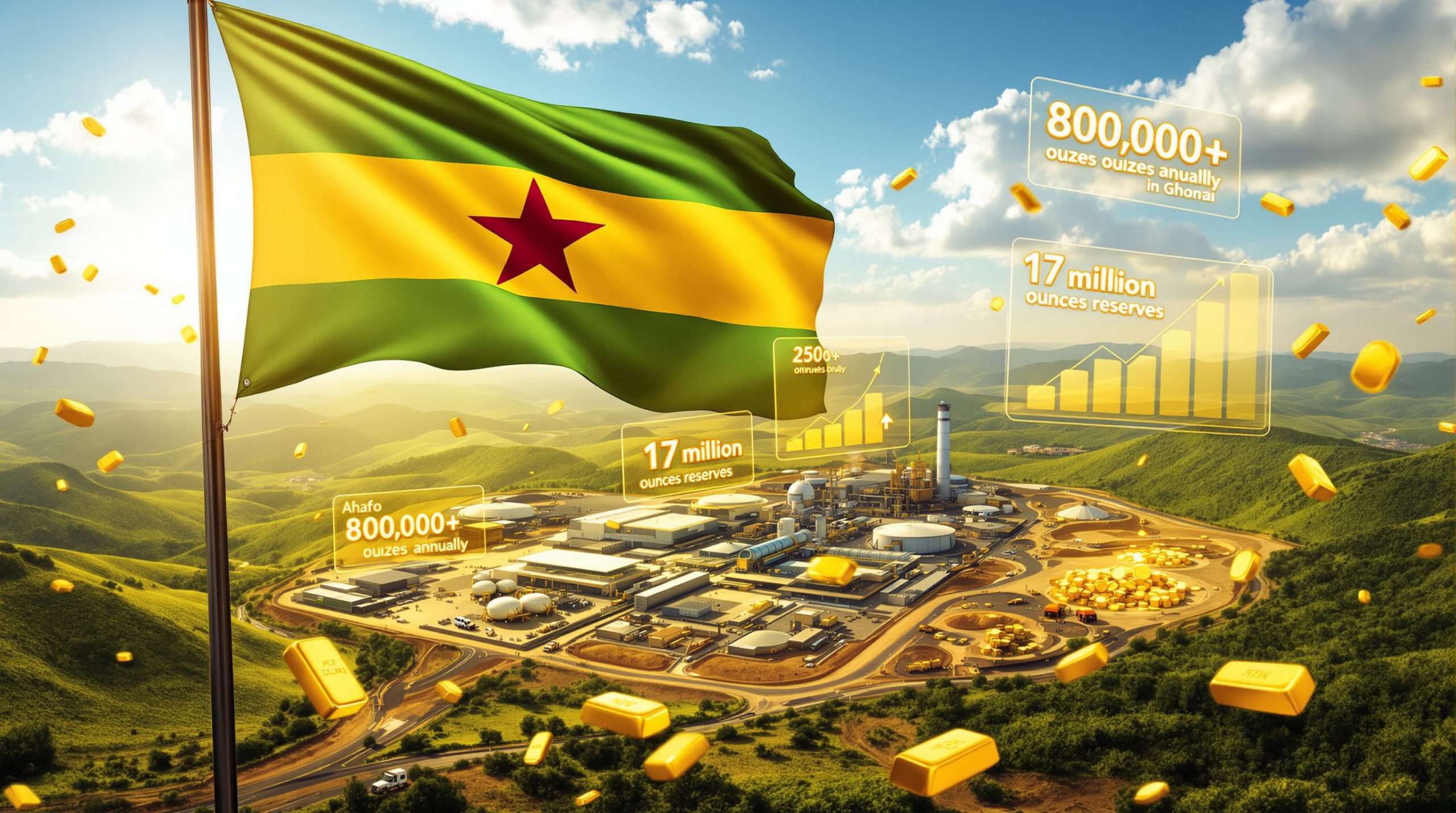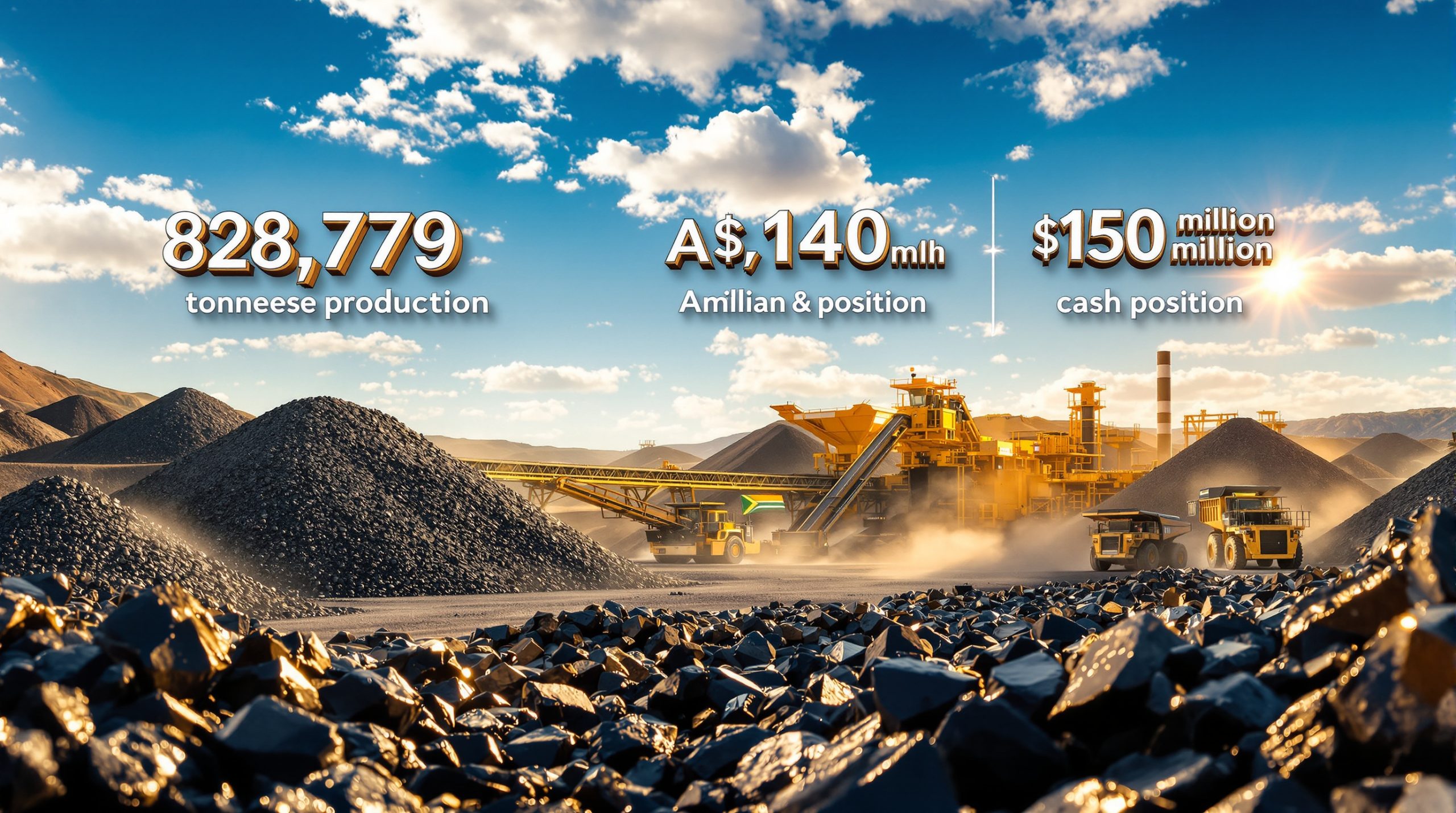Canadian Drilling Industry Pivots to Natural Gas Amid Oil Market Challenges
Canadian drillers are making a significant strategic shift towards natural gas exploration and production as global trade tensions continue to depress oil prices. This pivot represents one of the most dramatic realignments in Canada's energy sector in recent years, driven by market forces that have fundamentally changed the risk-reward calculus for producers across Alberta and British Columbia.
Industry data reveals a stark contrast in drilling activity across Canada's energy heartland. According to the Alberta Energy Regulator, drilling licenses for new gas wells increased by 26% in Q1 2025, reaching 308 wells—the highest quarterly total in two years. This surge in gas-focused exploration comes at the direct expense of oil development, with oil well licenses declining by 24% to 293 wells during the same period, marking the lowest level since 2021.
The shift extends to Canada's oil sands sector as well, with bitumen well licenses decreasing by 6 to just 37 wells in Q1 2025. This trend reflects energy companies' growing preference for natural gas assets that offer more stable returns in today's volatile market environment.
How Are Canadian Drillers Responding to the Trade War's Impact on Oil Prices?
The Strategic Shift from Oil to Gas
The migration from oil to gas exploration isn't happening by accident. Canadian energy producers are strategically reallocating capital in response to persistent headwinds in the global oil market. The industry's pivot represents a calculated bet that natural gas offers better risk-adjusted returns in the current economic climate.
"We're witnessing a fundamental reassessment of resource priorities across the entire Canadian energy landscape," notes industry analyst Mark Richardson. "Companies that were historically oil-focused are now directing their exploration budgets toward gas plays that offer more predictable cash flows and less exposure to international trade disputes."
This transition is evidenced by the surge in drilling permit applications for gas-rich formations in the Montney and Duvernay regions, where producers can leverage existing infrastructure and technical expertise to rapidly scale production. Meanwhile, investment in conventional oil and oil sands projects has slowed considerably as companies adopt a wait-and-see approach to crude markets.
Key Market Drivers Behind the Transition
Several interrelated factors are driving this shift away from oil and toward natural gas. The ongoing global trade war has created significant downward pressure on crude oil prices, with tariffs and counter-tariffs disrupting established trade flows and dampening economic growth forecasts. This geopolitical uncertainty has made long-cycle oil investments particularly risky.
Compounding these challenges, OPEC+ has announced plans to increase output by 500,000 barrels per day in late 2025, further dampening the oil price outlook. This production strategy threatens to flood already oversupplied markets with additional crude, creating a ceiling on potential price recovery for Canadian producers already struggling with market access issues.
By contrast, natural gas presents more stable investment opportunities in the current economic climate. Domestic and North American gas markets are relatively insulated from global trade tensions, while growing demand for liquefied natural gas (LNG) exports offers promising upside potential, particularly for producers with access to west coast export facilities.
What Economic Factors Are Influencing Canadian Energy Production?
Trade War Implications for Canadian Oil
The ripple effects of international trade tensions have been particularly acute for Canada's oil sector. As the world's fourth-largest oil producer and the United States' primary foreign supplier, Canada's energy economy is highly vulnerable to shifts in global trading patterns.
Western Canadian Select (WCS) has seen its discount to West Texas Intermediate (WTI) widen to approximately $15 per barrel in recent months, reflecting both logistical constraints and reduced refinery demand. This price differential significantly erodes profitability for Canadian producers, especially those with higher production costs.
Export opportunities have also contracted, with data showing Canada's oil exports to Asia dropped 12% in Q1 2025 compared to the previous year. This reduction stems partly from retaliatory tariffs and partly from broader economic slowdowns in key importing nations grappling with their own trade challenges.
OPEC+ Production Strategy
OPEC+ members' planned production increases are creating additional headwinds for Canadian oil producers. The cartel's strategy to flood global markets with additional supply aims to maintain market share but comes at the expense of price stability—a critical factor for capital-intensive Canadian operations.
Industry forecasts suggest this oversupply situation could persist through 2026, creating a prolonged period of depressed prices that would disproportionately impact higher-cost producers like those in Canada's oil sands regions. The competitive position of Canadian producers against OPEC+ output is further complicated by transportation constraints and quality differentials that limit market flexibility.
"Canadian producers simply can't compete with OPEC+ on production costs in many cases," explains energy economist Sarah Chen. "This reality is forcing companies to reconsider their long-term resource allocation strategies and pivot toward assets with more favorable economics, particularly natural gas."
Where Are the Growth Opportunities in Canadian Natural Gas?
Alberta's Natural Gas Renaissance
Alberta is experiencing a remarkable resurgence in natural gas development, driven by a combination of favorable geology, existing infrastructure, and a supportive regulatory environment. The western and northwestern regions of the province are seeing particularly robust activity, with both major producers and specialized juniors targeting gas-rich formations.
Regional production trends indicate capacity expansion is occurring at the fastest rate since 2018, with midstream companies scrambling to add processing capacity. New compression facilities and gathering systems are being fast-tracked to accommodate the increasing volumes, creating a virtuous cycle of infrastructure development that further supports increased gas production.
The provincial regulatory environment has also evolved to facilitate this transition to gas. Streamlined approval processes for certain types of gas wells and facilities have reduced administrative burdens, while targeted royalty incentives have improved economics for producers targeting specific gas-prone formations.
LNG Export Potential
British Columbia's emerging LNG industry represents perhaps the most significant growth opportunity for Canadian gas producers. The province's coastal terminals, including the flagship LNG Canada facility in Kitimat, are creating unprecedented access to premium Asian markets where natural gas prices typically command a substantial premium to North American benchmarks.
When fully operational in 2026, LNG Canada aims to export 14 million tons of liquefied natural gas annually, primarily to energy-hungry markets in Japan, South Korea, and China. This export capacity provides Canadian producers with a crucial diversification opportunity beyond the traditionally saturated North American market.
Long-term export contracts supporting these investments typically include price floors that reduce downside risk, making associated upstream gas development particularly attractive in today's uncertain environment. Forward-looking producers are already securing drilling positions in gas-rich areas with connectivity to these export corridors, anticipating strong returns as export capacity comes online.
How Are Energy Companies Adapting Their Drilling Strategies?
Operational Adjustments
The reallocation of drilling resources from oil to gas projects is requiring significant operational adjustments across the Canadian energy sector. Companies are rapidly retrofitting rigs for gas-specific applications, with approximately 40% of the active drilling fleet having undergone modifications for gas extraction in 2025 alone.
Capital expenditure shifts clearly reflect these changing market conditions. Major producers have announced substantial revisions to their spending plans, with gas-directed investments increasing by an average of 35% while oil-focused budgets have contracted by 20-30% compared to previous forecasts.
Perhaps most significantly, workforce retraining and skill development programs for gas operations have expanded dramatically. Companies are investing in specialized training for everything from gas well completions to processing facility operations, ensuring their workforce can execute efficiently on the new strategic direction.
Technology and Efficiency Improvements
Advanced drilling techniques are enhancing gas well productivity and economics across Canada's gas plays. Longer lateral wells with multi-stage completions have become the industry standard, allowing operators to access more reservoir with fewer surface disturbances and reduced overall costs.
Digital efficiency innovations are simultaneously optimizing gas production operations. Artificial intelligence and machine learning algorithms now routinely analyze production data to identify optimization opportunities, with predictive maintenance systems reducing unplanned downtime by as much as 15% according to industry studies.
"The technological transformation in Canada's gas sector has been remarkable," notes drilling technology specialist Michael Wong. "From automated drilling systems to digital twin modeling of reservoirs, we're seeing the rapid adoption of innovations that significantly improve well economics and reduce environmental impacts."
What Are the Investment Implications of This Industry Shift?
Financial Performance Metrics
The comparative returns on investment between oil and gas projects tell a compelling story about the industry's direction. Internal rate of return (IRR) calculations for typical gas projects have averaged approximately 12% in 2025, compared to just 8% for new oil sands developments, reflecting both current pricing realities and differing risk profiles.
Capital allocation strategies across major Canadian energy companies reveal this financial reality. Firms with diversified portfolios are systematically redirecting investment toward gas-weighted assets, with several major players announcing plans to increase their gas production by 30-50% over the next three years while holding oil output flat or slightly declining.
Risk assessment models increasingly favor gas investments due to their lower capital intensity and shorter payback periods. In an environment characterized by uncertainty, the ability to recover invested capital more quickly represents a significant advantage for gas projects over longer-cycle oil developments.
Long-term Industry Outlook
Market analysts predict the oil market downturn could persist through 2025-2026, depending on how global trade tensions evolve and whether OPEC+ maintains its current production strategy. This extended period of challenged oil economics is likely to reinforce the structural shift toward gas development in Canada's energy landscape.
The sustainability of natural gas demand growth appears robust, supported by both domestic utilization in power generation and industrial applications, as well as expanding export opportunities. Long-term forecasts suggest that even with the ongoing energy transition, natural gas will remain a critical component of the global commodity insights for decades to come.
The potential for market rebalancing and future price recovery remains, but most industry observers believe any meaningful improvement in oil market fundamentals remains at least 18-24 months away. This timeline reinforces the strategic logic behind the current pivot to gas, as it allows companies to generate returns during the interim period while maintaining optionality for future oil development when market conditions improve.
FAQ: Canadian Energy Sector Transition
How long will the shift from oil to gas drilling continue?
Market analysts suggest the transition could persist through 2025-2026, depending on energy policy impacts and OPEC+ production decisions. However, the fundamental reshaping of capital allocation strategies may have longer-lasting effects, permanently increasing the gas component of Canada's production mix.
What regions of Alberta are seeing the most gas drilling activity?
The western and northwestern regions of Alberta are experiencing the highest concentration of new gas well development. Areas like Grande Prairie, Fox Creek, and Edson have become hotspots for gas exploration, leveraging their proximity to processing infrastructure and export pipelines.
How does this shift affect Canadian energy employment?
While some specialized oil drilling positions may decline, the gas sector expansion is creating new employment opportunities, particularly in gas processing and transportation. Data indicates employment in gas processing grew by 8% in Alberta during Q1 2025, offsetting losses in conventional oil operations. Workers with transferable skills are finding opportunities in the gas sector, though some retraining is typically required.
What environmental implications does this shift present?
Natural gas generally produces fewer emissions than oil when burned, potentially supporting Canada's emissions reduction goals, though methane leakage remains a concern. Industry and regulators are implementing enhanced monitoring programs to identify and address fugitive emissions, recognizing that methane's potent greenhouse impact could undermine the environmental advantages of increased gas production if not properly managed.
Furthermore, understanding geopolitical market strategies remains crucial for investors navigating this transition. The ongoing shift toward natural gas is just one example of how global trade tensions are reshaping commodity markets in profound and lasting ways.
Ready to Profit from the Next Major Mineral Discovery?
Discover why ASX mineral discovery announcements can lead to significant market returns by exploring Discovery Alert's proprietary Discovery IQ model, which delivers real-time notifications on potentially transformative discoveries as they happen. Start your 30-day free trial today at Discovery Alert's discoveries page to position yourself ahead of the market.




